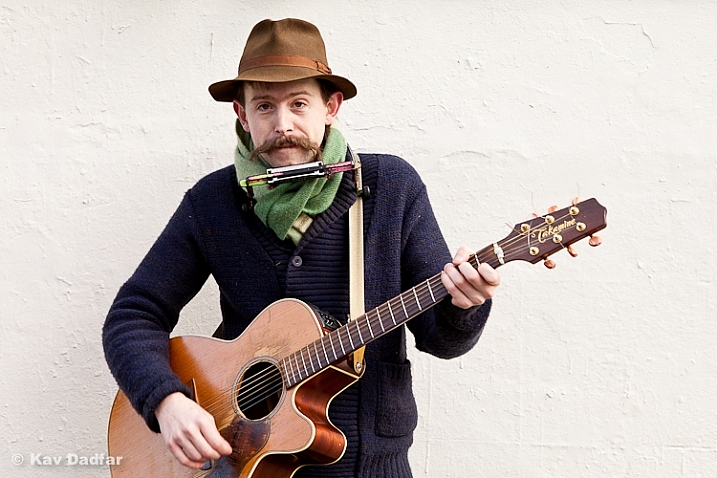
Photographing any sort of live performance, either indoor or outdoor, can be incredibly challenging. Not only will you have to be aware of the rules, but if photography is permitted, you are often restricted to your seat which will make moving around difficult. However, arguably the most challenging aspect of photographing performances is when they are indoors, in low light conditions. Here are some tips to help you when photographing live performances indoors or out.
#1 Be Courteous
Whether it’s an indoor or outdoor performance, the first thing is to be courteous and understanding of both the performers and the audience. If you are photographing street performers, you’ll often have the opportunity to talk to them before they start (or after they finish), so take the time to do it. Not only will you make them feel more relaxed, but it is also common courtesy. Additionally, remember that the performance isn’t just for your benefit, so avoid upsetting the audience by wandering in front of them. When you’re finished, it’s polite to leave a tip and offer to email the artist a couple of photos for their personal use.
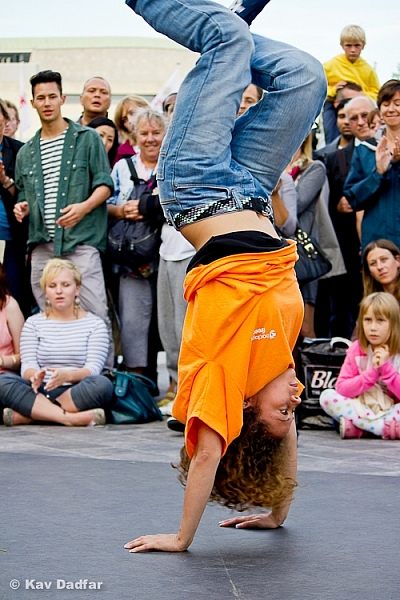
#2 Be Ready
It might seem obvious to say, but you should be ready to take photographs of any performance, at any given moment. This means having your camera turned on, at the correct settings, and the lens cap off so you don’t miss anything. Try to anticipate what is coming next and be ready for that moment, rather than what is happening now. Often performers work to a climax so you need to be ready.
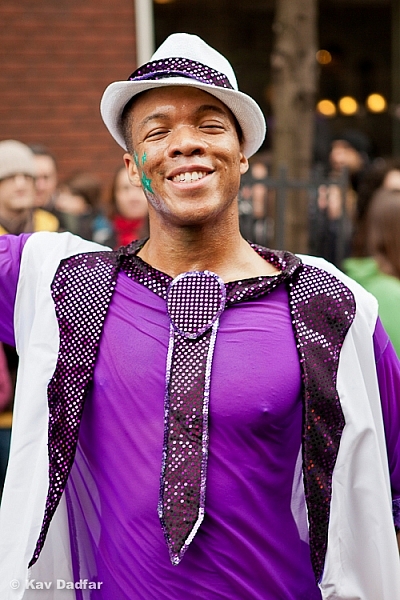
This performer ended his routine and looked directly at my camera. Had I not been ready I would have missed the moment.
#3 Think About Speed
One of the most important elements of photographing performances is being able to capture sharp images, or alternatively enough motion blur to suggest movement rather than camera shake. So, setting the right shutter speed is imperative.
For high action performances if you want to freeze the action completely, you will probably need to use a wide aperture (low f-number) to ensure that the shutter speed is fast enough so that the performer is sharp. But keep in mind that the wider your aperture the more blur you will get in the background. How fast your shutter speed needs to be will depend on factors such as the speed of movement of the performer, and also your creative vision (if you want to add motion blur). If you want to freeze the action look for shutter speeds of 1/200th, or faster, as a starting point. A good idea is to shoot in continuous or burst mode, as this can take a series of photographs, which you can then choose from in post-production.
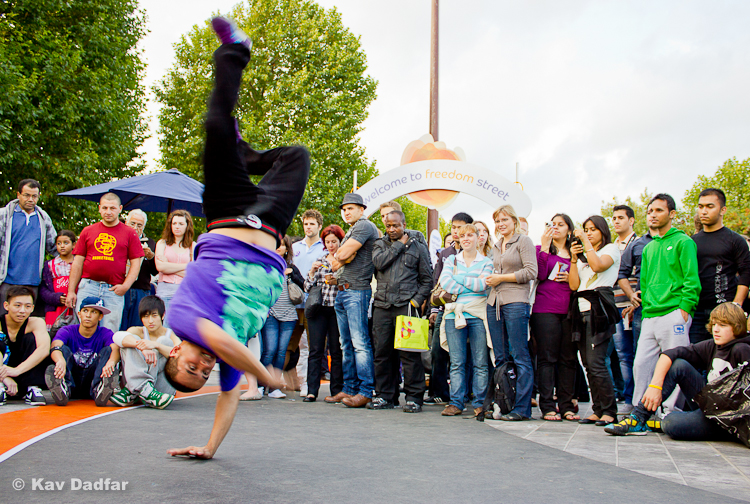
When shooting fast action it’s a good idea to shoot in continuous mode so you can pick the moment that is best from your photos.
#4 Raise Your ISO
In some situations (usually indoors) you will need to raise your camera’s ISO setting, which will allow you to photograph at a fast enough shutter speed to keep the performers sharp. How high you set your ISO will depend on the amount of light available, and also how steady you can hold a camera. Generally speaking I don’t go any slower than 1/60th, and start at around ISO 400 to 800, and work my way up. It is also important to know your camera’s capabilities at different ISO settings, as different cameras will produce different levels of noise. So make sure you test this out before photographing at high ISO settings.

When photographing indoors you may need to raise your ISO. This was taken at ISO 6400.
#5 Avoid Using the Flash
Besides the nuisance that a flash will cause to the performer and the audience, a flash will kill the ambience and lighting by creating a flat colour. So avoid using it and instead try to work with the light that is available. For example, if the performer is outdoors in the shade, try to capture them as they step into the sunshine. Or if the performer is on stage, wait for those moments where the spotlight appears on them, or the lighting is brighter.
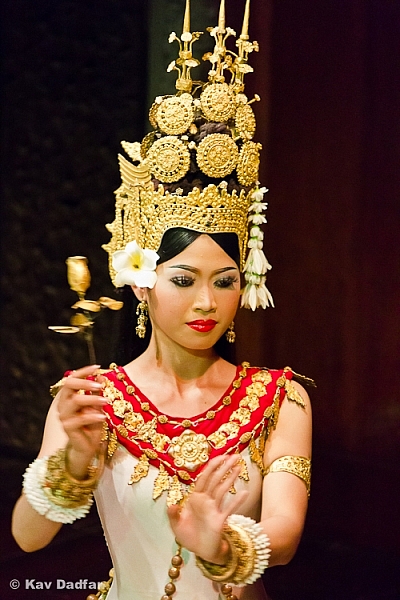
Avoid using the flash, instead try to work with available light. Like waiting for the performer to step into brighter lights.
#6 Don’t Forget the Crowd
It’s easy to get caught up in the actions of the performer, and forget that there is a crowd as well. Sometimes photographing the audience can give a different angle to the performance. Try to look for interesting people and watch their emotions. Capturing them being happy or stunned at something, can create unique moments that will otherwise be missed.
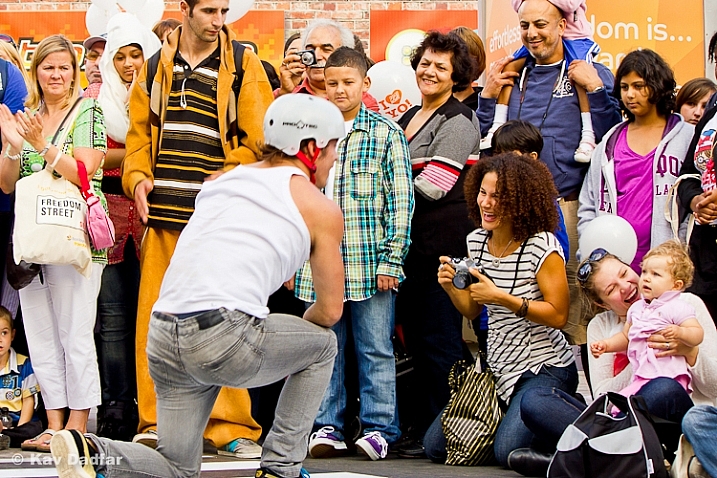
It’s great to also try to capture the crowd during performances, as it can add diversity to your collection.
Performances are wonderful things to capture as they can have very unique moments. Usually the performer doesn’t mind having their photograph taken, which can mean great practice if you are shy about approaching strangers and asking to take their photos. However, it is incredibly challenging and will take a lot of practice to perfect.
Now it’s your turn. What tips or advice do you have for people when photographing performances?
The post 6 Tips For Photographing Live Performances by Kav Dadfar appeared first on Digital Photography School.